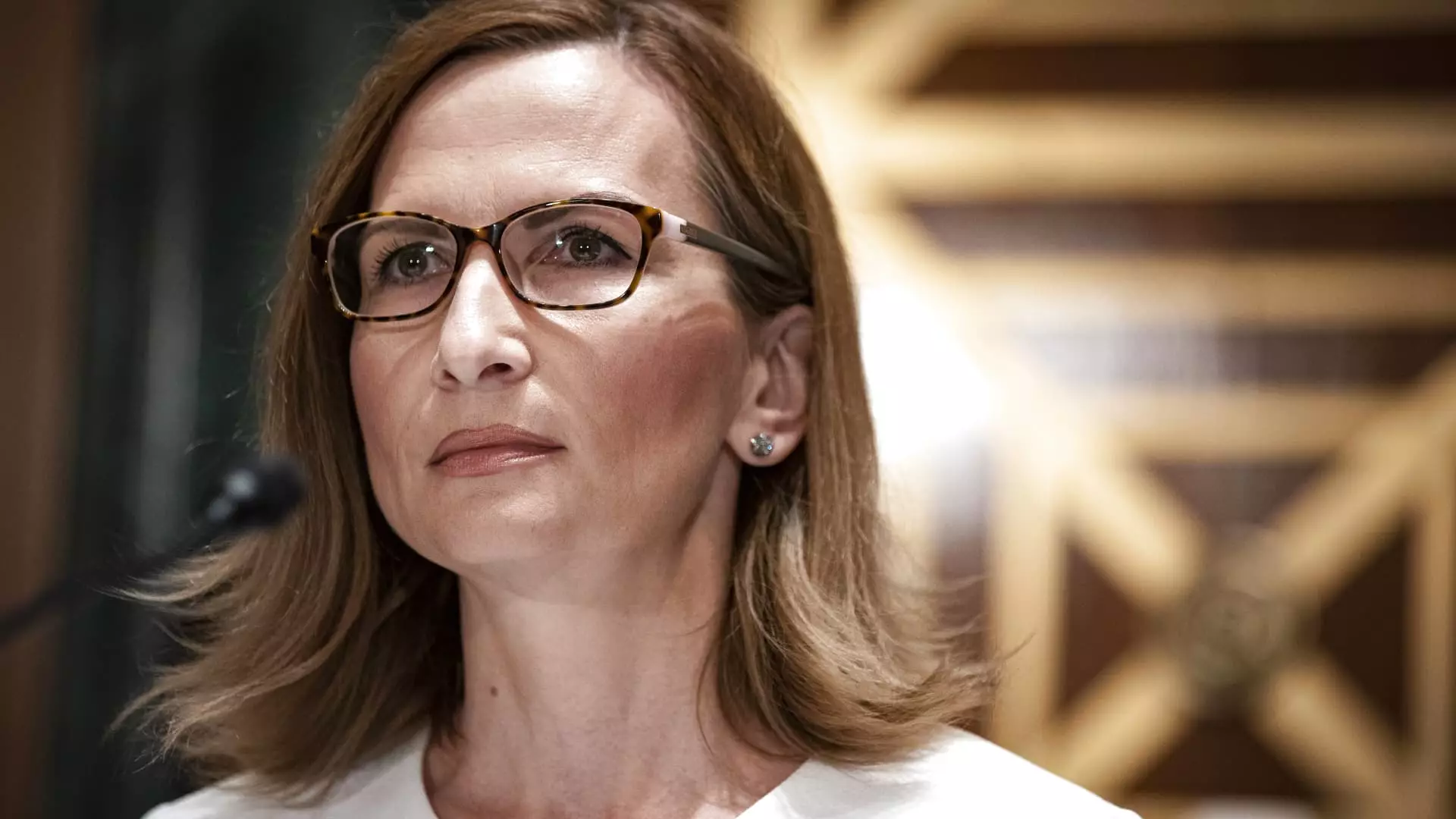The recent bankruptcy of Synapse, a fintech middleman, has left customers in shock as they realize that there is an $85 million shortfall between what partner banks are holding and what depositors are owed. The trustee, Jelena McWilliams, appointed by the court, revealed that customers of fintech firms using Synapse had $265 million in balances, but the partner banks only had $180 million associated with those accounts. This revelation has brought to light the worst meltdown in the U.S. fintech sector since the 2008 financial crisis.
Since being named trustee, McWilliams has been working diligently with four banks – Evolve, American Bank, AMG National Trust, and Lineage Bank – to reconcile their various ledgers to help customers regain access to their funds. However, the process has been complicated by the lack of information on how Synapse’s brokerage and lending business may have impacted fund flows. Additionally, McWilliams pointed out that Synapse apparently commingled funds among multiple institutions, further complicating the situation.
One of the biggest challenges faced by McWilliams and her team is unraveling the mystery of the missing funds. It remains unclear how the shortfall occurred and whether end-user funds were moved among partner banks in a way that increased or decreased the respective shortfalls at each bank. McWilliams highlighted in her report that the source of the shortfall is unknown at this time, adding another layer of complexity to the already troubled situation.
In her report, McWilliams presented several repayment options to Judge Martin Barash during a public hearing. These options ranged from paying some customers out fully while delaying payments to others based on the reconciliation of individual FBO accounts, to spreading the shortfall evenly among all customers to make limited funds available sooner. However, Barash’s comments during the hearing cast doubt on how the repayment process would move forward, citing the unprecedented nature of the case and the limitations of the bankruptcy court in handling depositors’ funds that were not part of the Synapse estate.
Judge Barash acknowledged the severity of the crisis and expressed his desire to see a resolution, but also expressed uncertainty about the court’s role in providing relief to affected customers. The complexities of the case, combined with the lack of clarity on ownership of the funds, have made it challenging to devise a comprehensive solution that addresses the needs of all stakeholders involved.
The Synapse bankruptcy crisis has shed light on the vulnerabilities within the fintech sector and the need for stronger regulatory oversight to prevent such incidents in the future. As the investigation into the missing funds continues and stakeholders work towards a resolution, the focus remains on protecting the interests of customers who have been adversely affected by the collapse of Synapse. Moving forward, it is crucial for financial institutions, regulators, and policymakers to collaborate in creating a more robust framework that safeguards the integrity of the financial system and ensures the security of customer funds.


Leave a Reply